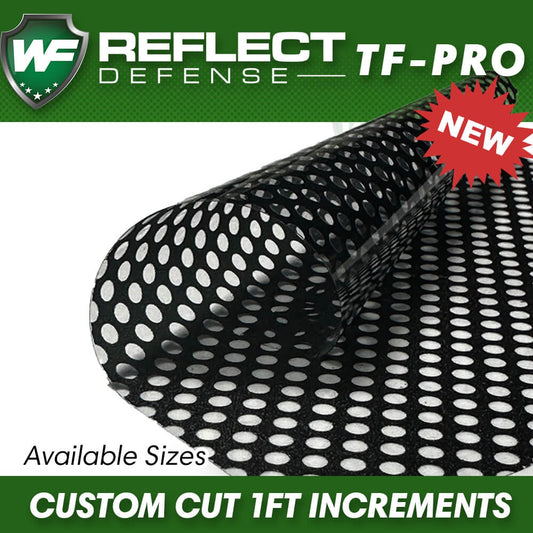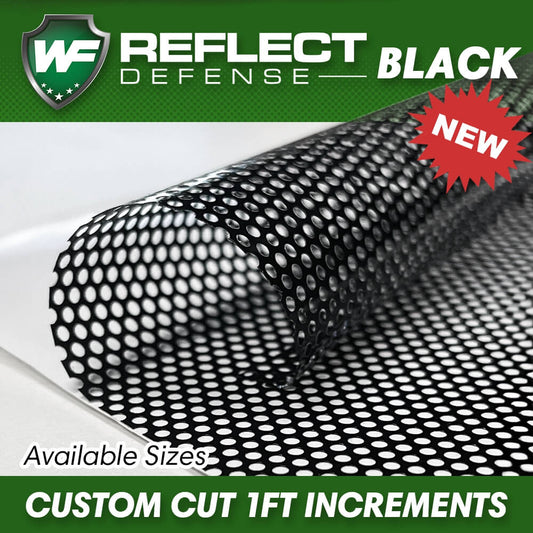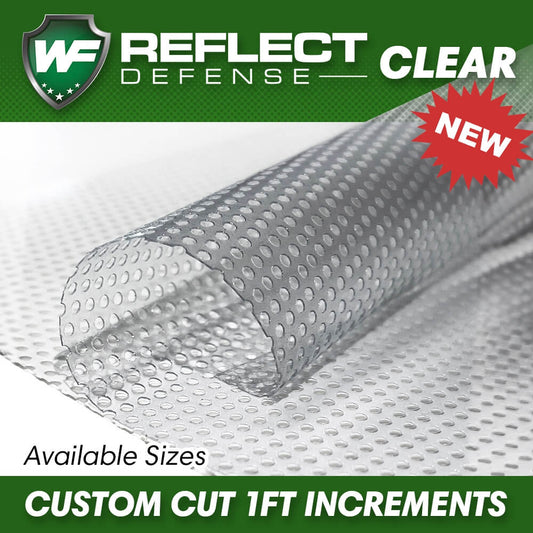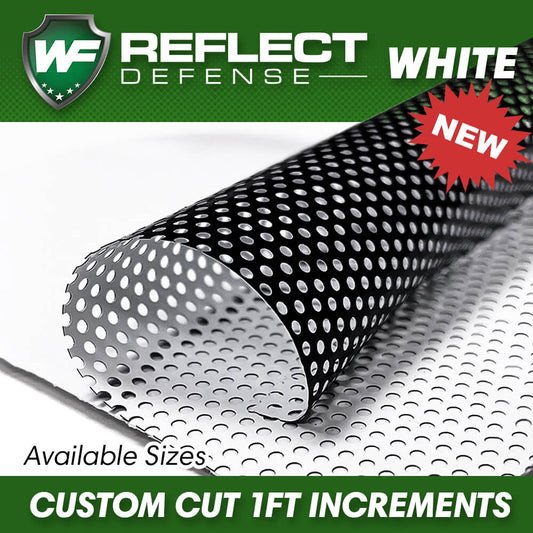In this article we will discuss the dangers of low e glass, how it affects artificial turf and the solutions to prevent turf from melting.
How to Prevent Window Reflection from Melting Artificial Grass
Introduction Artificial grass has gained popularity due to its low maintenance and water-saving benefits. However, one often overlooked issue is the potential for window reflections to melt artificial turf. If you've recently discovered that your artificial grass is being damaged by window reflections, you're not alone. Fortunately, there are solutions available, such as anti-reflective window films, to prevent this problem.
The Growing Popularity of Artificial Grass
Artificial turf has become increasingly popular as a means to reduce water usage and minimize lawn upkeep. While it offers many benefits, it also comes with some challenges, including the risk of melting caused by window reflections. This issue can lead to costly repairs and an unsightly appearance.
Understanding the Vulnerability of Artificial Grass to Heat
One of the main drawbacks of artificial grass is its vulnerability to heat. Low-emissivity (Low-E) windows can cause sunlight to refract onto the artificial turf, creating a magnifying glass effect that raises the temperature of the grass far beyond its natural limit, sometimes up to 240°F (116°C). This heat can cause the artificial turf, which typically has a melting point around 168°F (76°C), to melt and sustain damage.
Composition of Artificial Grass Artificial
turf is usually made from a blend of polyester and polyethylene. While both materials provide a soft and natural-looking appearance, polyethylene has a higher melting point and is often marketed as a heat-resistant or cool-touch option. Choosing a turf with a higher percentage of polyethylene can help reduce the risk of melting, but it doesn't eliminate the problem entirely.
Factors Contributing to Artificial Grass Melting from Window Reflection
Several factors contribute to the melting of artificial grass due to window reflections:
-
Intensity of sunlight and heat: Areas in the Sun Belt, such as Florida, Arizona, and Southern California, experience more intense sunlight and heat, making artificial turf more susceptible to melting.
-
Window size, shape, and orientation: Larger windows with a convex shape can create more concentrated beams of light, increasing the risk of melting. The orientation of the windows relative to the sun also plays a significant role.
-
Proximity of artificial grass to windows: While some installation companies suggest that a distance of 5-10 feet from windows is sufficient to prevent melting, this is not always the case. As long as there is a direct reflection from the window onto the artificial turf, melting can occur.
-
Type of glass and reflectivity: Low-E glass is the primary culprit behind artificial turf melting due to its high reflectivity. This type of glass can be identified by a purple or green iridescence when viewed at a 45° angle.
Identifying Melted Artificial Grass
Melted artificial grass is relatively easy to spot. Signs of heat damage include:
- Distorted or flattened grass blades
- Discoloration or fading
- Hardened or brittle patches
To distinguish between melting and other forms of damage, such as discoloration caused by chemicals or ammonia, examine the affected area in relation to the windows to determine if reflectivity is the likely cause.
Solutions to Prevent Window Reflection from Melting Artificial Grass
-
Exterior window films: Anti-reflective window films, such as those offered by Reflect Defense Window Film, work by dispersing light across the glass surface, reducing the level of reflectivity that can damage artificial turf and other surfaces. These films are easy to apply and have a life expectancy of 7-10 years.
-
Physical barriers: Fences, screens, or strategically placed landscaping elements can help block window reflections from reaching the artificial turf. While this option can be costly, it may be a good choice for those who prefer a physical barrier.
-
Window treatments: Awnings, canopies, exterior shades, and shutters can help reduce the impact of window reflections on artificial turf. These options can be expensive but may enhance the overall aesthetics of your landscape.
Conclusion
Installing artificial turf is a significant investment that can provide a beautiful, low-maintenance landscape. However, it's essential to be aware of the potential challenges, such as melting caused by window reflections. By understanding the factors that contribute to this issue and exploring solutions like anti-reflective window films, you can protect your investment and enjoy a lush, green lawn year-round.


















